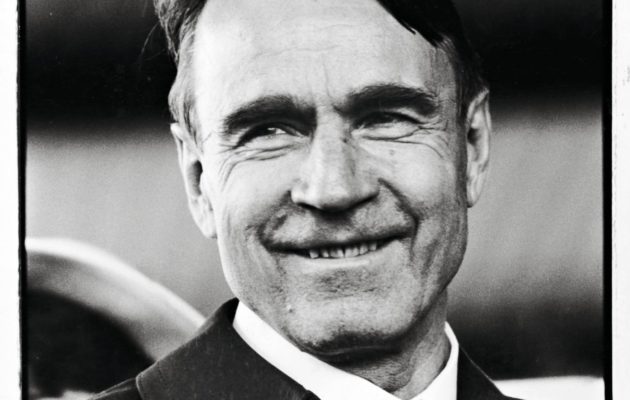
Asparouhov Tihomir, Muthén Bengt, Auxiliary Variables in Mixture Modeling: Three-Step Approaches Using Mplus, 10.1080/10705511.2014.915181.Asparouhov Tihomir, Muthén Bengt, Exploratory Structural Equation Modeling, 10.1080/10705510903008204.S., Bayesian Structural Equation Modeling With Cross-Loadings and Residual Covariances : Comments on Stromeyer et al., 10.1177/0149206315591075 Asparouhov Tihomir, Muthén Bengt, Morin Alexandre J.Alessandri Guido, Borgogni Laura, Schaufeli Wilmar B., Caprara Gian Vittorio, Consiglio Chiara, From Positive Orientation to Job performance: The Role of Work Engagement and Self-efficacy Beliefs, 10.1007/s1090-4.These profiles were also showed to be meaningfully related to employees’ levels of stress, intentions to leave the organization, health, and job satisfaction. These profiles characterized disengaged-vigorous, normative, totally disengaged, vigorously absorbed, and engaged yet distanced employees. The results revealed five distinct work engagement profiles, which proved to be fully identical, and highly stable, across the two time points. Relying on factor scores from this initial measurement model, the present study examined latent profiles of employees defined based on their global (work engagement) and specific (vigour, dedication, and absorption) levels of work engagement. The results showed that employees’ ratings of their work engagement simultaneously reflected a global overarching work engagement construct, which co-existed with three specific dimensions (vigour, dedication, and absorption). A sample of 730 participants completed a questionnaire twice across a four-month period.
#Jari mauno full#
Users should refer to the original published version of the material for the full abstract.This study illustrates complementary variable- and person-centred approaches to the investigation of the underlying dimensionality of the work engagement construct. No warranty is given about the accuracy of the copy. However, users may print, download, or email articles for individual use. Copyright of Head & Face Medicine is the property of BioMed Central and its content may not be copied or emailed to multiple sites or posted to a listserv without the copyright holder's express written permission.Conclusion: Self-reported bruxism may indicate sleep problems and their adherent awake consequences in non-patient populations. Dissatisfaction with current work shift schedule and frequent bruxism were both significant independent factors for all variables describing insufficient sleep consequences.


Frequent bruxism was significantly associated with DIS (p = 0.019) and DS (p = 0.021). According to logistic regression, female gender was a significant independent factor for all insomnia symptoms, and older age for DS and EMA. The corresponding figures for non-restorative sleep (NRS), tiredness, and sleep deprivation (SLD) were 36.2%, 26.1%, and 23.7%, respectively. Altogether 16.8% reported difficulties initiating sleep (DIS), 43.6% disrupted sleep (DS), and 10.3% early morning awakenings (EMA). Self-reported bruxism occurred frequently (often or continually) in 10.6% of all subjects.

Results: The response rate in the irregular shift work group was 82.3% (56.6% men) and in the regular daytime work group 34.3% (46.7% men). Methods: A standardized questionnaire was mailed to all employees of the Finnish Broadcasting Company with irregular shift work (n = 750) and to an equal number of randomly selected controls in the same company with regular eight-hour daytime work.


 0 kommentar(er)
0 kommentar(er)
